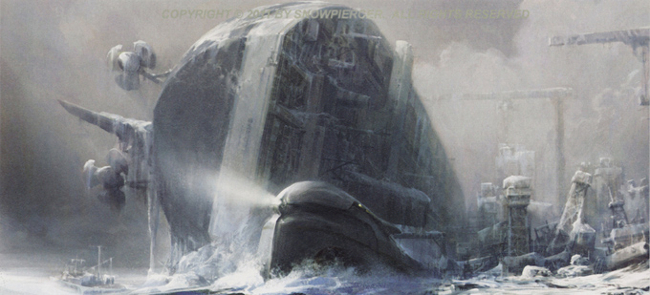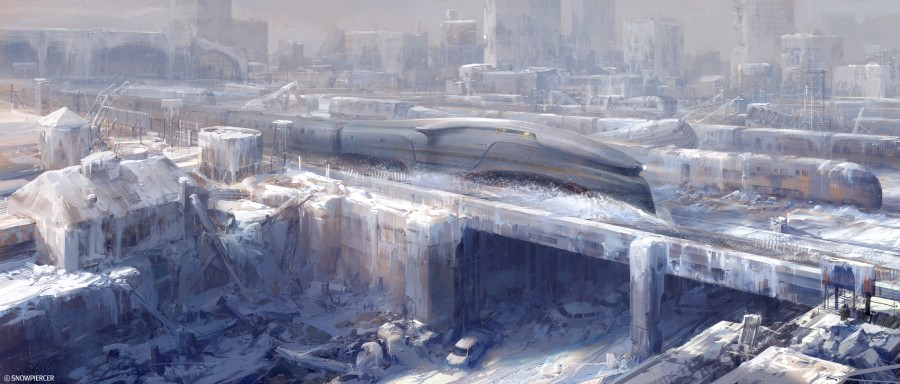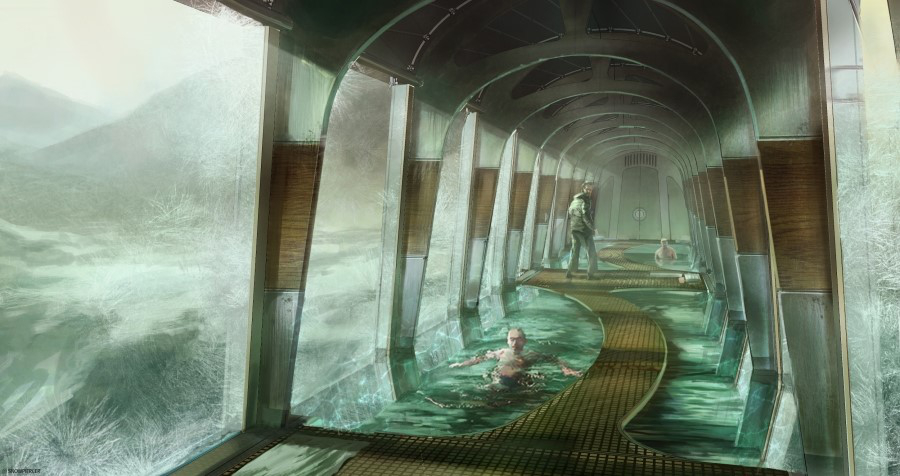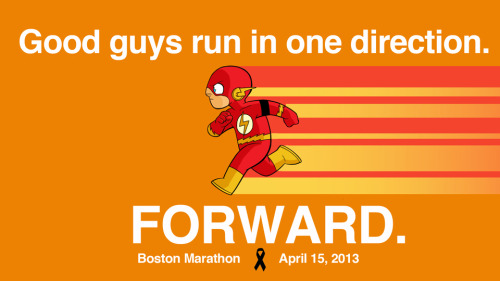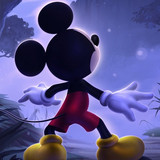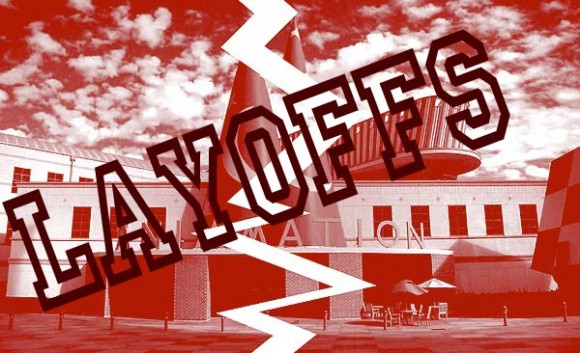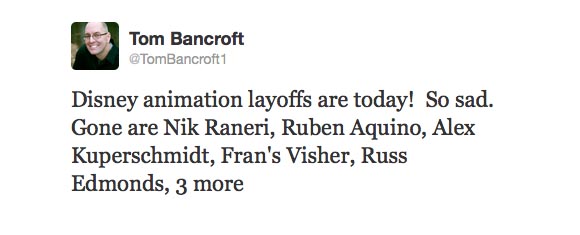
The bicycle guy character from Portlandia exemplifies the bizarre compulsion that some overly snobbish people have in regards to defining what is and is not hip. So when too many people or the wrong people are doing a thing, soon that thing is OVER. And while I hate to be labeled a hipster snob, I think there’s one thing sci-fi movies and television need to stop doing; and that’s having everything be all about Earth. Listen up everyone: having Earth be a big deal in your sci-fi movie or TV show is sooo OVER.
[Read more]

In the original Star Trek TV show, the Enterprise very rarely rolls up to Earth. In fact, in the classic show, Kirk & co. NEVER visit an Earth that is contemporary to the 23rd century, only visiting past-versions of Earth via time travel. In The Next Generation, the Enterprise comes home a little more often, but then only for super-special occasions (picking up Data’s severed head, fighting the Borg, etc.) For the most part, all incarnations of Star Trek TV shows take place in deep space, exploring crazy interesting sci-fi concepts without having to constantly be worried about the familiar. In fact, it’s in the unfamiliar that the wonder and magic of good Star Trek works. And yet, in all the Trek films, save for one (Insurrection) Earth is depicted and somehow involved, usually in a big way.
The reasons for this are probably because we’re told a big blockbuster movie must connect with a mainstream audience, and a mainstream audience has to have things they relate to. Seeing as we’re all from Earth (Well, most of us. Our production manager is half-meteor.) having Earth in a movie is probably a good move to make from a conservative point of view. But you know what? Screw playing it safe! I would argue visual sci-fi (not books!) has gotten so preoccupied with being accessible that truly imaginative sci-fi for the screen isn’t being made.
All the impending big deal sci-fi films this summer not only have Earth in them, but also seem to rely almost exclusively on what Earth is all about. After Earth, Oblivion, Star Trek Into Darkness, etc. seem to be specifically set on Earth. Now, I’m sort of optimistic for both After Earth and Oblivion, if only because they don’t take place in an established franchise. But something called Star Trek should contain some Star Trekking. (I mean, the current tagline for the movie is “Earth Will Fall,” not something like “Space Travel is Neat and Awe-Inspiring”) Further, upcoming sci-fi TV shows across the network spectrum are all totally Earth-centric. From Ron Moore’s Helix, to Stephen King’s Under the Dome, to SyFy’s upcoming Defiance, to Revolution, everything, everything, everything is about Earth and usually on Earth.

What mainstream sci-fi TV or film hasn’t been all about Earth you ask? Well, Babylon 5 wasn’t, Deep Space Nine wasn’t, and despite the fact that Battlestar Galactica was about looking for Earth, not ONE of the characters are actually Earthlings! The same is true of Star Wars. These are TV shows and films populated exclusively by aliens! And spoiler alert: Star Wars and Battlestar Galatica are awesome. Yes, yes, everything is probably an allegory for the human condition we Earthlings are all familiar with, but the creativity required to do a show/movie not about Earth and not set on Earth is truly admirable.
And though Doctor Who frequently shows up an Earth, it is nice that the setting of the show is nowhere specific, allowing it to be anywhere. Like, Doctor Who, Firefly also had this advantage, having the setting really be on a spaceship, not a planet. Firefly also went out of its way to state that Earth is all used up and too far away to actually get back to, eliminating it as a setting in the show.
Farscape is probably the greatest example of pushing the boundaries of what an audience will put up with: the cast is mostly aliens (some Muppets!) and the show is set on weirdo alive spaceship in a distant galaxy. My point with all of this is, it wasn’t too long ago in the cultural memory that we had good sci-fi TV (rarely films) that didn’t take place on Earth. In a sense, it’s as though no risks are being taken in film or sci-fi TV and anymore, and the symptom is an over-abundance of Earth.

This isn’t to say TV and film sci-fi that is all about Earth can’t be good, just that it seems a little played out right now. If one is overly concerned with science fiction having a duty to speculate on contemporary issues (which I’m not sure it does) more creative analogs might be found if we think beyond near-future science fiction, and instead, do some films or TV shows that really test the limits of what an audience can imagine. The announcement that Niven’s Ringworld will become a miniseries on the SyFy channel is certainly a positive step in this direction, as are the numerous other space-oriented SyFy shows in development. But in terms of sci-fi films, it seems like deep-space interstellar non-Earth stories are seemingly nowhere on the space horizon. And even with some of the in-development spaceship-heavy TV shows, I have a hard time believing that the "fate of Earth hanging in the balance” trope won’t somehow get wrapped up in at least a few of the premises.
We could blame everything from the war on terror to the end of the space shuttle program for an overabundance of Earth in film/TV science fiction, but I mostly think it’s just laziness brought on by a policy of viewer appeasement. Movies and TV taking place on Earth are things studios and networks think people want. I’ve written a lot about the homogenization of geek culture and the eerie similarities between contemporary blockbuster films. But this seems to be the one common denominator in science fiction right now: Earth.

Let’s have sci-fi on our screens get bonkers again. Let’s see some crazy absurd aliens again. Let’s truly explore some strange new planets and boldly have entertainment that is literally out-of-this-world.
EARTH IS OVER!
Ryan Britt is a staff writer for Tor.com.







































